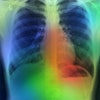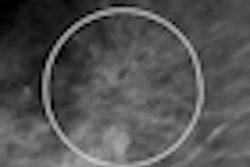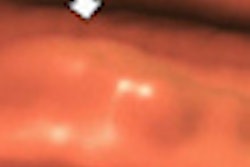Dear AuntMinnie Member,
Breast imaging specialists will soon get access to a new tool for performing computer-aided detection (CAD) of digital mammography exams, after the U.S. Food and Drug Administration (FDA) approved the M-Vu software from VuCOMP.
The approval caps a long wait for the company, which, like other CAD developers, got caught up in the FDA's decision in 2008 to change the way it regulates CAD software. The move forced many firms to go back to square one in filing their regulatory submissions, creating a logjam that's only recently begun to clear.
VuCOMP plans to highlight several differentiating features of the M-Vu software and hopes to capitalize on the paucity of available mammography CAD options. Learn more by clicking here, or visit our Women's Imaging Digital Community at women.auntminnie.com.
Are you faster than your PACS software?
In other news, Japanese researchers discovered a disturbing phenomenon when using their PACS software to page through imaging studies at high frame rates: "slice dropping," or when slices do not appear due to fast paging speeds.
Slice dropping occurs when radiologists page through a study with multiple images at rates faster than the refresh rate of their medical display. The researchers documented the phenomenon at their facility when radiologists were viewing thin-slice MDCT images in stack mode. The problem is that the slices being dropped could contain signs of pathology, such as a nodule hidden in lung tissue.
Fortunately, countermeasures are available to compensate for slice drop, but if you don't know it's occurring on your PACS displays, you may never know you need them. Learn more by clicking here, or visit our PACS Digital Community at pacs.auntminnie.com.


















